As most people are aware, the latest run of genetic evaluation from the ICBF was released earlier this month. This evaluation run tends to incorporate the most amount of information, due to a large amount of calving data and genomic samples being submitted over the spring and early summer period.
Looking at the top 10 of the replacement active bull list, we see very little change. Salers bull Beguin again tops the list with a value of €259, while Ulsan – a bull of the same breed – retains the second best position with a value of €217. The only big change that can be seen on this list is Limousin bull Celtic Handsome coming in fifth position having gained €21 since the May run. Handsome also tops Table 4 for seeing the biggest change in replacement over the past 12 months, rising from €115 to €180.
On the terminal index front, there were a number of position changes in the top 10. Top position on the list goes to Belgian Blue bull Noble De Petit Rosiere which moved up from third, now carrying an index of €186. Charolais bull Thrunton Fairfax, which led the table in May, has moved back to fourth place, losing €12 in the run to settle at €175.
Changes
While the updated evaluations are available on all animals, here we have listed some of the biggest changes from the active beef bull lists, based on the terminal and replacement index. To get on this list, bulls have to first be available for use and meet a number of key requirements. These include having sired at least one calf, have a genomic evaluation and reach 50% reliability on the relevant index.
To allow a difference to be shown, only bulls on the active bull list for both this evaluation run and the May evaluation run were included in the Irish Farmers Journal listings. Other bulls, which were on only one of those lists, or bulls no longer active, may in fact have seen bigger changes.
Changes across the board weren’t as severe as other evaluation runs in general. However, a number of bulls did see noticeable changes, both positive and negative.
In Table 3 (biggest winners), we see the biggest positive change on the replacement index was for Belgian Blue bull Herbert Vd Noord Wateringshoev which increased by €36. On the other end of the table, Angus bull Hawkley Red Zepper saw a drop of €57. The same bull also witnessed a €25 decrease in the terminal index, standing as joint highest bull drop on the terminal active bull list. Matching him losing €25 was Limousin bull Ewdenvale Ivor. Coming out best on the terminal index was also a Belgian Blue bull, this time Noble De Petit Rosiere with its index increasing by €35.
One year on
Perhaps the most interesting data is that of the biggest changes bulls witnessed from September 2017 to September 2018. This highlights the fluctuations that bulls can go through over a 12-month period, showing the risk breeders take when selecting bulls based on stars alone. These figures only include bulls that have been on the active bull lists for both the September 2017 and September 2018 runs, meaning some other AI bulls may also have seen severe changes, both positive and negative.
Looking through the replacement list, we see that positive changes went from increasing to €65 to decreasing by €45. Looking at the biggest-changed bulls in terms of stars, we see that bulls increased from two to five stars and, similarly, went from five stars down to two.
The terminal-ranked bulls also witnessed a similar change in euros, with bulls increasing by as much as €47 and dropping by as much as €66. Stars on this end were more severe, with two bulls seeing their stars drop from five stars to one star over a 12-month period.
Breeders are again reminded to use phenotypic characteristics and pedigree as the main selection criteria when selecting bulls to use in the coming year.
The €uro-Star evaluations are only a guide, after these two criteria have already been met.
For breeders to place all emphasis on the star evaluation system, means they have the potential to use a bull which may be five stars at the time of service but one by the time it comes to calving.
By selecting on phenotypic characteristics first, you are reducing that risk substantially, particularly when it comes to terminal traits that can be seen.
How did the AI
centres perform?
Overall AI companies will look at this latest evaluation run favourably, with all seeing their average replacement index rise.
Eurogene noticed the biggest rise in average replacement index, up by over €17 to settle at €84. However, this was largely down to a number of the company’s older, lower-rated bulls dropping off the active bull list. Looking at the number of bulls which increased or decreased, we see Eurogene has the highest percentage of decreasing bulls. So while the company may have seen a substantial increase on average, over 50% of bulls available saw their index drop.
Similarly, on the terminal index, Eurogene saw the largest average replacement increase, but also the highest percentage of bulls to see a drop.
NCBC emerged most successful in terms of the September run. While both terminal and replacement average index only increased marginally, it witnessed the biggest percentage of bulls to experience an increase in their indexes and the lowest percentage seeing a decrease.
A massive 60% of NCBC bulls went up on the replacement index, with 55% of the company’s bulls seeing an increase on their terminal index.
Active bull lists
Again, these figures are based solely on bulls in the active bull lists, that were present on them for at least the last two evaluation runs.
Other newer or older bulls available from the company, which may not have been on these lists, could have the power to alter this data.
As most people are aware, the latest run of genetic evaluation from the ICBF was released earlier this month. This evaluation run tends to incorporate the most amount of information, due to a large amount of calving data and genomic samples being submitted over the spring and early summer period.
Looking at the top 10 of the replacement active bull list, we see very little change. Salers bull Beguin again tops the list with a value of €259, while Ulsan – a bull of the same breed – retains the second best position with a value of €217. The only big change that can be seen on this list is Limousin bull Celtic Handsome coming in fifth position having gained €21 since the May run. Handsome also tops Table 4 for seeing the biggest change in replacement over the past 12 months, rising from €115 to €180.
On the terminal index front, there were a number of position changes in the top 10. Top position on the list goes to Belgian Blue bull Noble De Petit Rosiere which moved up from third, now carrying an index of €186. Charolais bull Thrunton Fairfax, which led the table in May, has moved back to fourth place, losing €12 in the run to settle at €175.
Changes
While the updated evaluations are available on all animals, here we have listed some of the biggest changes from the active beef bull lists, based on the terminal and replacement index. To get on this list, bulls have to first be available for use and meet a number of key requirements. These include having sired at least one calf, have a genomic evaluation and reach 50% reliability on the relevant index.
To allow a difference to be shown, only bulls on the active bull list for both this evaluation run and the May evaluation run were included in the Irish Farmers Journal listings. Other bulls, which were on only one of those lists, or bulls no longer active, may in fact have seen bigger changes.
Changes across the board weren’t as severe as other evaluation runs in general. However, a number of bulls did see noticeable changes, both positive and negative.
In Table 3 (biggest winners), we see the biggest positive change on the replacement index was for Belgian Blue bull Herbert Vd Noord Wateringshoev which increased by €36. On the other end of the table, Angus bull Hawkley Red Zepper saw a drop of €57. The same bull also witnessed a €25 decrease in the terminal index, standing as joint highest bull drop on the terminal active bull list. Matching him losing €25 was Limousin bull Ewdenvale Ivor. Coming out best on the terminal index was also a Belgian Blue bull, this time Noble De Petit Rosiere with its index increasing by €35.
One year on
Perhaps the most interesting data is that of the biggest changes bulls witnessed from September 2017 to September 2018. This highlights the fluctuations that bulls can go through over a 12-month period, showing the risk breeders take when selecting bulls based on stars alone. These figures only include bulls that have been on the active bull lists for both the September 2017 and September 2018 runs, meaning some other AI bulls may also have seen severe changes, both positive and negative.
Looking through the replacement list, we see that positive changes went from increasing to €65 to decreasing by €45. Looking at the biggest-changed bulls in terms of stars, we see that bulls increased from two to five stars and, similarly, went from five stars down to two.
The terminal-ranked bulls also witnessed a similar change in euros, with bulls increasing by as much as €47 and dropping by as much as €66. Stars on this end were more severe, with two bulls seeing their stars drop from five stars to one star over a 12-month period.
Breeders are again reminded to use phenotypic characteristics and pedigree as the main selection criteria when selecting bulls to use in the coming year.
The €uro-Star evaluations are only a guide, after these two criteria have already been met.
For breeders to place all emphasis on the star evaluation system, means they have the potential to use a bull which may be five stars at the time of service but one by the time it comes to calving.
By selecting on phenotypic characteristics first, you are reducing that risk substantially, particularly when it comes to terminal traits that can be seen.
How did the AI
centres perform?
Overall AI companies will look at this latest evaluation run favourably, with all seeing their average replacement index rise.
Eurogene noticed the biggest rise in average replacement index, up by over €17 to settle at €84. However, this was largely down to a number of the company’s older, lower-rated bulls dropping off the active bull list. Looking at the number of bulls which increased or decreased, we see Eurogene has the highest percentage of decreasing bulls. So while the company may have seen a substantial increase on average, over 50% of bulls available saw their index drop.
Similarly, on the terminal index, Eurogene saw the largest average replacement increase, but also the highest percentage of bulls to see a drop.
NCBC emerged most successful in terms of the September run. While both terminal and replacement average index only increased marginally, it witnessed the biggest percentage of bulls to experience an increase in their indexes and the lowest percentage seeing a decrease.
A massive 60% of NCBC bulls went up on the replacement index, with 55% of the company’s bulls seeing an increase on their terminal index.
Active bull lists
Again, these figures are based solely on bulls in the active bull lists, that were present on them for at least the last two evaluation runs.
Other newer or older bulls available from the company, which may not have been on these lists, could have the power to alter this data.




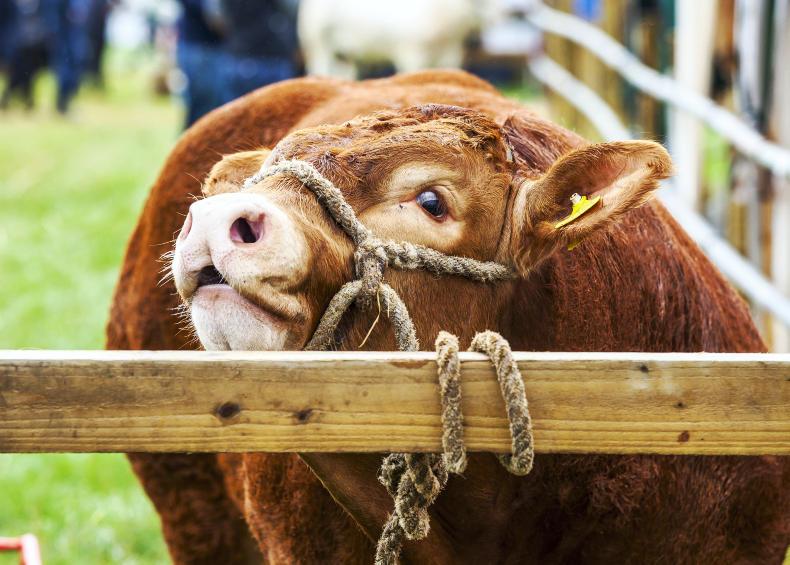
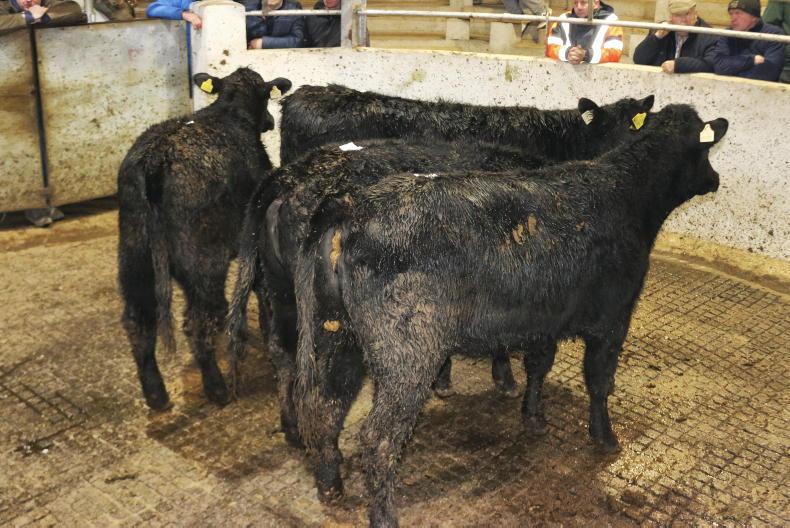

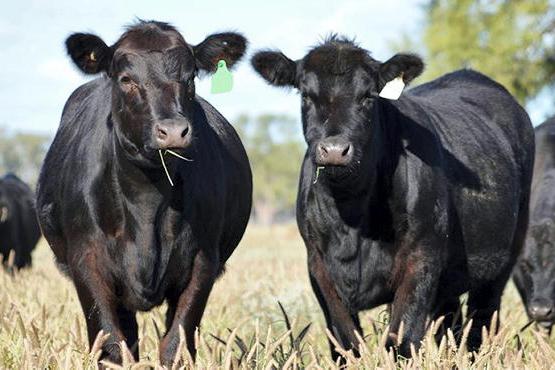
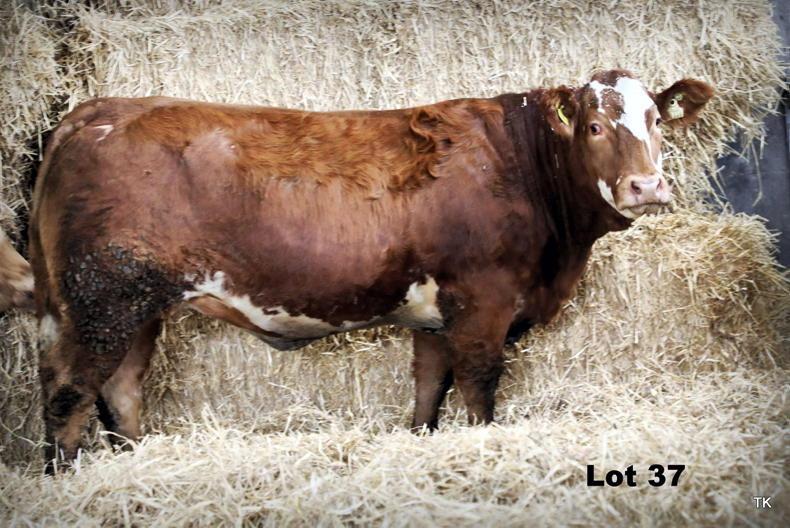
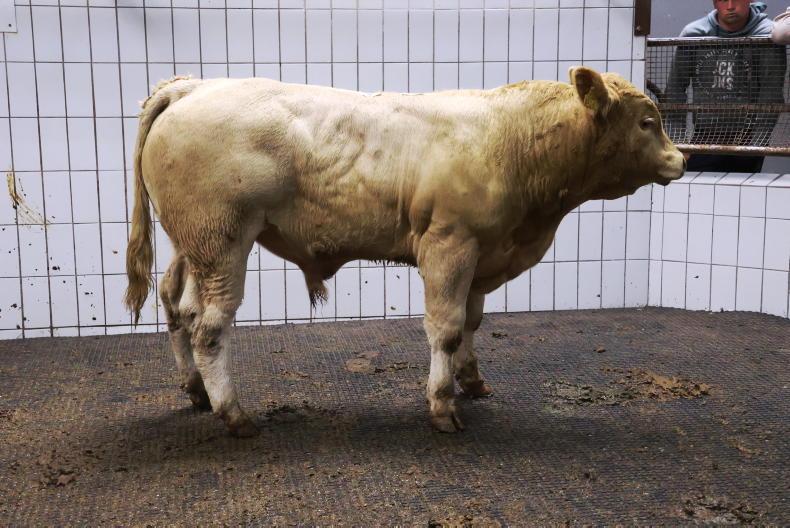
SHARING OPTIONS